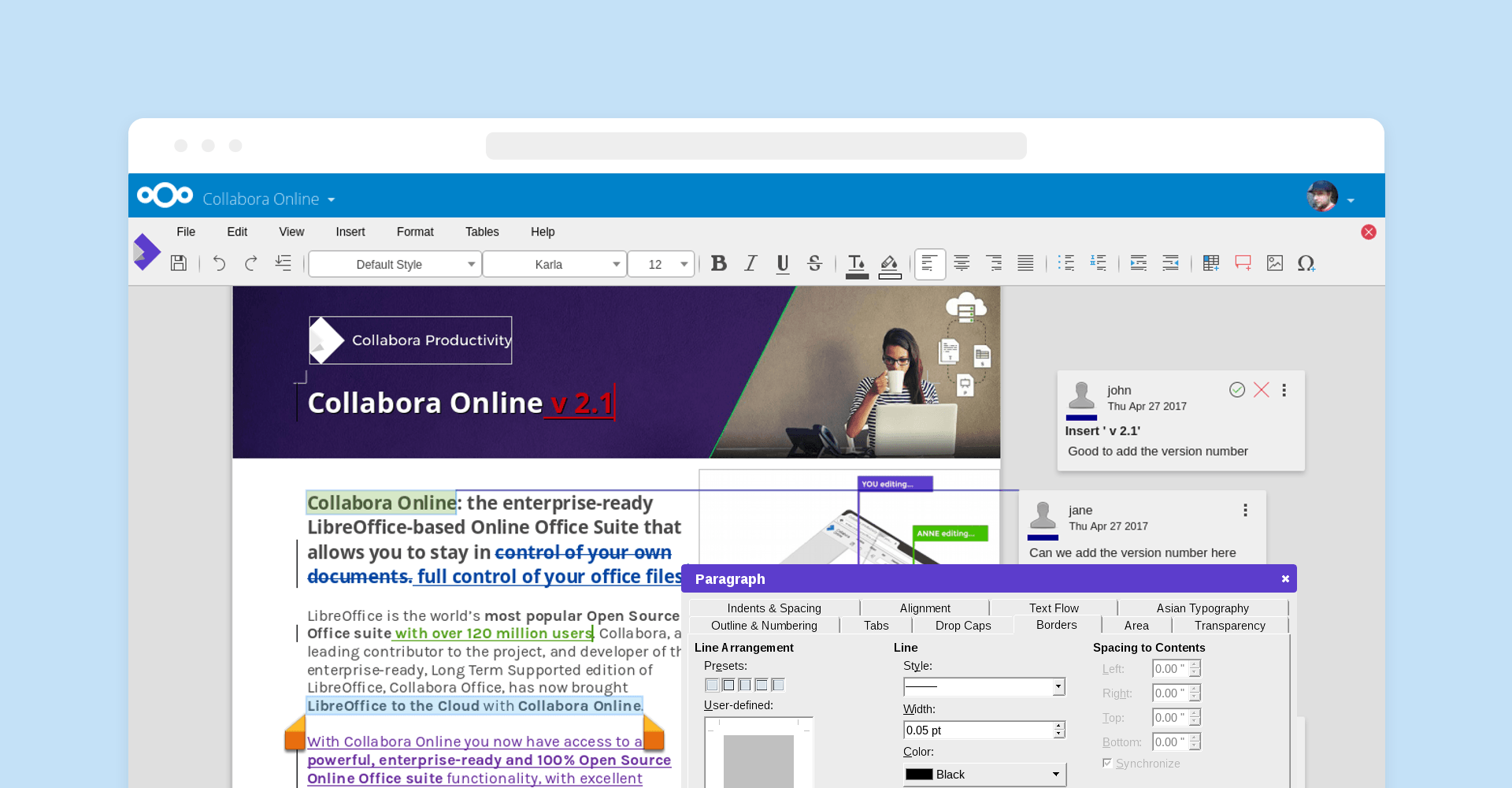


Please find the picturization of the same in-browser developer tools – Network tab.When the page loads, PowerApps starts creating all the 4 collections parallelly. Just to remind, in the above example, we are creating 4 collections parallelly using the Concurrent function.Let’s see the performance of the above example.PowerApps Concurrent – Performance check using the example We can use Concurrent at the time of page load in order to the same load time of the screen.All the collections are created, and they don’t have any interdependencies.
Collabora online users concurrent update#
Although it is not going to make much difference if you use the concurrent function in setting the variables, if you are doing multiple PATCH or UPDATE on tables that are completely independent then, you will notice a good amount of performance improv.Concurrentfunction can be used only in behavior formulas.The other formulas outside of the Concurrent function can also take values from the Concurrent function.The concurrent function can have a dependency on the output of the other functions used outside (Concurrent function).No formula should have a dependency on each other within the Concurrent function.Sequence order is not defined in which the formulas within Concurrent will Start and End.At the time of Page Load, instead of using multiple formulas with a semicolon ( ), you can get data from multiple tables using Concurrent, which will certainly reduce the overall load time of the screen.In PowerApps if you want to execute multiple formulas in a sequence, then you can separate all the formulas with a semicolon ( ), but what if you want to execute them all in parallel – at the same time.If we want to execute multiple formulas parallelly, we can use Concurrent function.For PowerApps, the Concurrent function enables us to run multiple formulas parallelly.Definition: Concurrent means multiple events/actions/tasks happening in parallel.


 0 kommentar(er)
0 kommentar(er)
